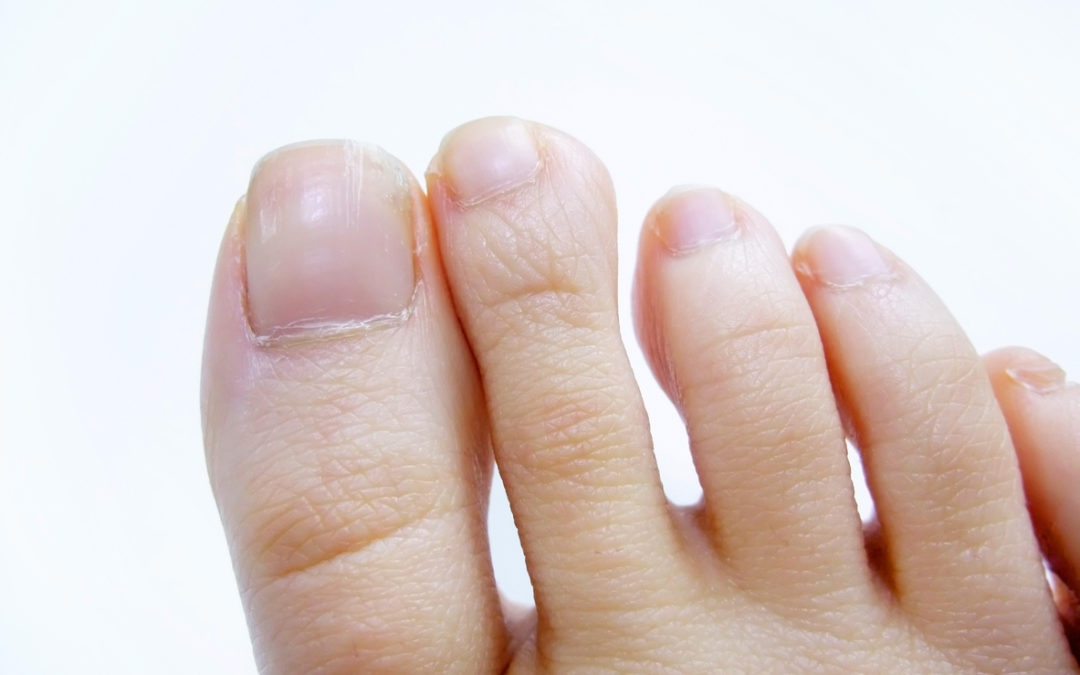Invokana is a diabetes drug that may double the risk of toe amputations, according to a recent study. Patients should seek medical attention for any infections, sores, ulcers, or abnormal pain in their legs and feet.
What You Can Do & How We Can Help
The Schmidt Firm, PLLC is currently accepting Invokana induced injury cases in all 50 states. If you or somebody you know had a toe amputation, you should contact our lawyers immediately for a free case consultation. Please use the form below to contact our Defective Drug Litigation Group or call toll free 24 hours a day at (866) 920-0753.
FDA Orders “Black Box” Warning for Amputations
May 2017 — The FDA has confirmed that patients on Invokana are twice as likely to require a toe, foot, or leg amputation. The drug-labels will now carry a “Black Box” warning about the risk. According to the agency:
“Amputations to the toe and middle of the foot were the most common, however, amputations involving the leg, below and above the knee also occurred. Some patients had more than one amputation, some involving both limbs.”
FDA Warning for Invokana Toe Amputation Risk
May 2016 — The FDA issued a warning about the risk of toe amputations from Invokana and Invokamet. The FDA was concerned about preliminary data from the CANVAS clinical trial, which estimated that 7 in 1,000 patients on Invokana (100-mg) would need an amputation after taking the medication for a year. In comparison, 3 in 1,000 patients on a placebo needed an amputation. Click here to read more.
What is the problem?
Invokana and Invokamet control diabetes by increasing the amount of sugar in urine. This can cause dehydration and reduce the amount of blood that circulates into the toes. Less circulation increases the risk of foot problems, ulcers, and infections that might require an amputation.
Diabetes and Toe Amputation
Foot problems are very common in people with diabetes — 15% of all diabetics develop foot ulcers, which are sores that do not heal for months, and 25% require amputation.
Over time, high blood-sugar causes blood vessels to narrow and harden, which causes poor circulation in the feet. This makes it harder to heal from minor injuries. Diabetes also causes nerve damage, which makes it hard to feel when the feet are injured.
Amputation of the Toes
Even minor cuts can rapidly become infected and become life-threatening. Surgery to amputate the toes can prevent infections from spreading and remove dead tissue. The surgery usually takes 20-60 minutes and patients usually go home from the hospital within a few days.
What Should I Expect?
Patients will have an X-ray and bone scan to look for signs of an infection in the bone. Before surgery, patients will receive anesthesia, intravenous (IV) antibiotics, and the foot will be sterilized.
During the operation, a surgeon will cut around the toe and cauterize any bleeding. The bones will be removed and the end of the bone will be smoothed. The remaining flap of skin will be pulled over the opening and stitched shut.
Toe Amputation and Infections
Patients with active infections will need special care. The surgeon may leave the skin open, pack it with a moist dressing, and insert a tube to drain fluids. When the infection is under control, the wound is closed.
Symptoms of an infection may include fever, red streaks from the incision, increasing pain, warmth, redness, swelling, body chills, weakness, numbness or loss of sensation, nausea, vomiting, and more.
Complications
- “Phantom pain” where the toe used to be
- Stump pain
- Bleeding
- Fluid collection under the skin (hematoma)
- Infection
- Tissue death (necrosis)
- Failure to heal
- Permanent nerve damage
- Problems walking, abnormal gait, or limping
- Amputation of more toes, foot, or leg
- Blood clots
Recovery
The pain should start improving within a week. The stitches can usually come out about 10 days after the surgery. Depending on how many toes were removed, patients may need to wear a special cast or shoe for a few weeks.
Most patients take a few weeks off work to recover. During this time, it is a good idea to walk every day if possible, starting with short walks and increasing bit by bit. This improves circulation, which helps healing, and reduces the risk of blood clots.
Do I have a Toe Amputation Lawsuit?
The Schmidt Firm, PLLC is currently accepting Invokana induced injury cases in all 50 states. If you or somebody you know had a toe amputation, you should contact our lawyers immediately for a free case consultation. Please use the form below to contact our Defective Drug Litigation Group or call toll free 24 hours a day at (866) 920-0753.
Attention Lawyers: We consider a referral from another law firm to be one of the greatest compliments. If your firm is interested in referring us a case or for us to send you a list of previous award judgments and/or average referral fees, please visit the Lawyer Referral section of our website.


 The Schmidt Firm, PLLC has been recognized as one of the nation’s leading plaintiffs' law firms and handles cases in all 50 states. We are very proud of our legal achievements, but equally self-respecting of our firm's reputation for providing personal attention to each and every client we represent.
The Schmidt Firm, PLLC has been recognized as one of the nation’s leading plaintiffs' law firms and handles cases in all 50 states. We are very proud of our legal achievements, but equally self-respecting of our firm's reputation for providing personal attention to each and every client we represent.

